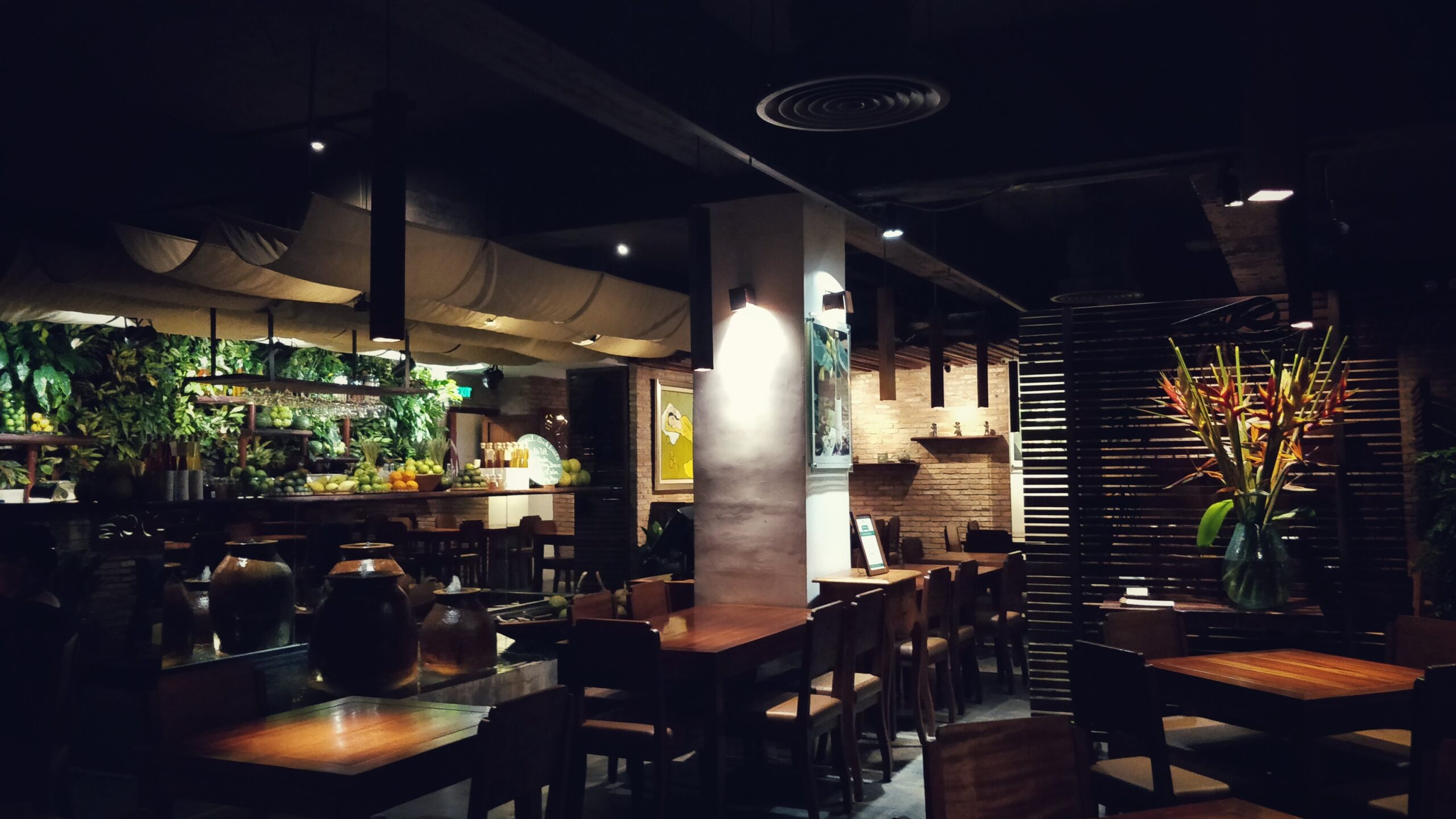Mastering the Art of Behavioral Interviewing: Key Questions for Success
The interview process is a critical step in any job search, offering candidates the chance to showcase their skills and experiences. Employers, on the other hand, use this opportunity to gain insights into how potential employees might perform in the workplace. Behavioral interviews, in particular, have become a mainstay in the recruitment process. They delve into past experiences to predict future behavior. In this comprehensive guide, we will explore the top behavioral interview questions that employers leverage to identify the right candidate for their team.
Understanding Behavioral Interview Technique
Behavioral interviews are based on the premise that past performance is the best predictor of future behavior. This interviewing style focuses on how a candidate has handled various work situations in the past, providing a practical glimpse into their problem-solving, decision-making, and interpersonal skills. Employers ask specific questions that require candidates to recount real-life examples, looking for evidence of particular competencies or behaviors that are critical for the role in question.
Preparation is Key
Before diving into the questions themselves, it’s important for interviewees to prepare thoroughly. This means reflecting on past experiences and selecting examples that align with the job description. The STAR method (Situation, Task, Action, Result) is often recommended for structuring responses in a clear and concise manner. By considering the job’s requirements and preparing stories that demonstrate relevant skills and qualities, candidates can approach these top behavioral interview questions with confidence.
Navigating Common Behavioral Questions
Teamwork and Collaboration
1. Describe a time when you had to work closely with someone whose personality was very different from yours.
2. Can you provide an example of a team project that failed? What was your role, and what did you learn from the experience?
These questions assess a candidate’s ability to work effectively with others and handle conflict or failure within a team context.
Leadership and Influence
3. Have you ever had to convince a team to work on a project they weren’t thrilled about? How did you do it?
4. Tell me about a time when you had to lead by example. What did you do, and what were the results?
Employers use these questions to evaluate leadership potential and the ability to motivate and guide others.
Problem-solving and Decision-making
5. Describe a situation where you had to solve a difficult problem. What did you do, and what was the outcome?
6. Can you give an example of a time when you had to make a decision without all the information you needed? How did you handle it?
These questions are aimed at understanding how a candidate approaches complex challenges and navigates uncertainty.
Adaptability and Change Management
7. Tell me about a time when you had to adjust to a colleague’s working style in order to complete a project or achieve your objectives.
8. Describe a time when you were asked to do something you had never done before. How did you react, and what did you learn?
Adaptability questions seek to uncover a candidate’s flexibility and willingness to learn in the face of new or unexpected situations.
Customer Service and Client Management
9. Provide an example of a time when you went above and beyond for a customer. What was the situation, and what was the outcome?
10. Have you ever dealt with a difficult client? How did you handle the situation, and what was the result?
These questions probe into a candidate’s ability to manage relationships and deliver exceptional customer service, which is critical in many roles.
Time Management and Organizational Skills
11. How do you prioritize your tasks when you have multiple deadlines to meet?
12. Can you discuss a project that required a lot of coordination from your end? How did you keep everything on track?
Here, employers are looking for practical examples of how candidates manage their workload and stay organized under pressure.
Communication and Interpersonal Skills
13. Give an example of a time when you had to explain something complex to a frustrated client or colleague.
14. Can you tell me about a time when you received criticism? How did you respond?
These top behavioral interview questions assess a candidate’s ability to communicate effectively, handle feedback, and maintain positive relationships.
Integrity and Ethical Judgement
15. Describe a time when you had to make an ethical decision at work. What was the situation, and what action did you take?
16. Can you give an example of a time when you had to admit you were wrong? How did you handle the situation?
Employers are keen on understanding a candidate’s moral compass and ability to own up to their mistakes.
Creativity and Innovation
17. Tell me about a time when you thought outside the box. What was the situation, and what was the outcome?
18. Have you ever had to find an innovative solution to a work problem? What was the challenge, and how did you approach it?
In these questions, the focus is on a candidate’s ability to bring new ideas to the table and approach problems from unique angles.
Achievements and Results
19. Discuss a goal you set for yourself and how you went about achieving it. What were the results?
20. Give an example of a time when you accomplished something significant in a professional setting.
Such questions allow the candidate to showcase their ability to set objectives and achieve results, providing tangible evidence of their success.
Developing Strong Answers
When preparing answers for top behavioral interview questions , it’s essential to be honest and specific. Candidates should focus on providing context, detail about their actions, and reflection on the outcomes. It’s also important to be concise and to the point, avoiding rambling or irrelevant details.
Practice and Feedback
Practice is vital in honing the delivery of behavioral interview responses. Mock interviews with friends, family, or career advisors can provide valuable feedback and help candidates refine their storytelling skills.
In Conclusion
Behavioral interviews are a powerful tool for employers to understand how candidates might perform in specific situations based on their past experiences. By mastering the art of responding to top behavioral interview questions, job seekers can significantly improve their chances of making a positive impression and landing the role they desire. Preparation, reflection, and practice are the cornerstones of success in this aspect of the job search. The insight provided here should serve as a comprehensive guide for candidates aiming to excel in behavioral interviews and for employers looking to implement them effectively in their hiring process.









